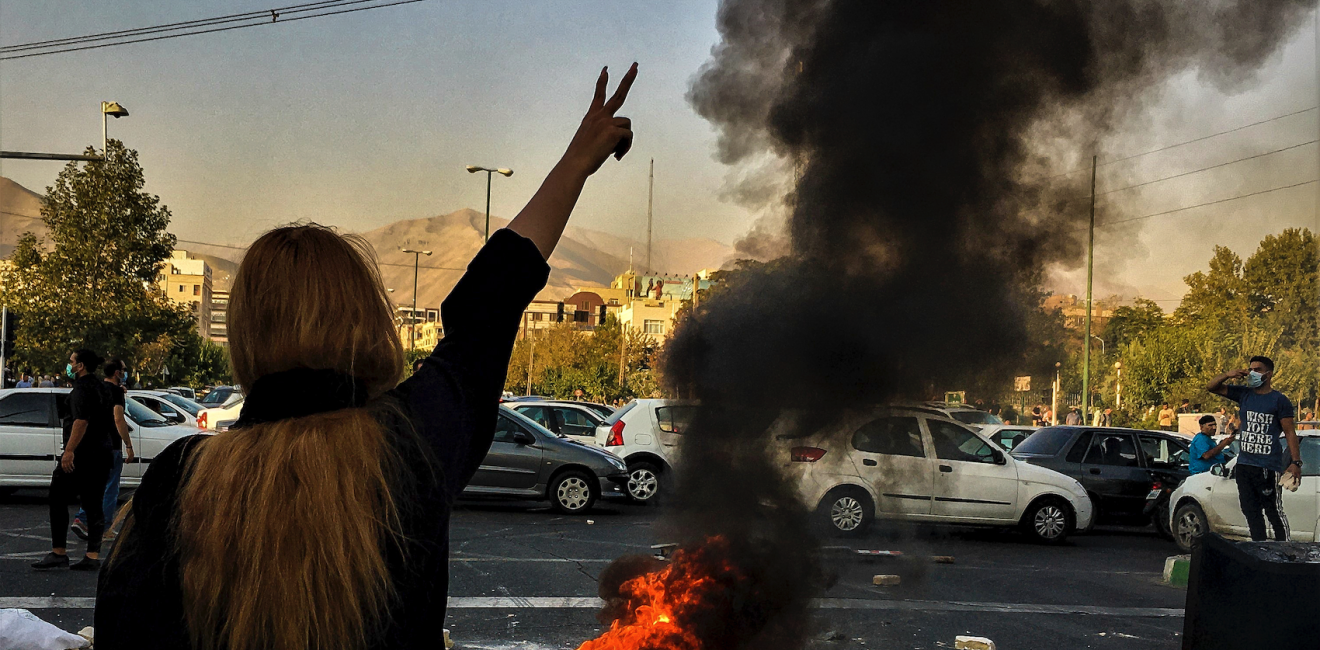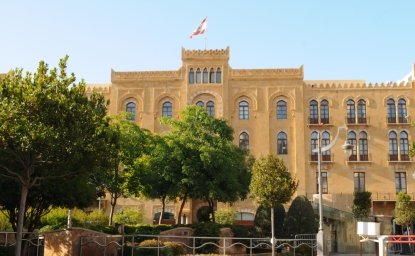Pezeshkian has yet to show that he is able to allow women more freedom in public spaces and end their harassment by the Morality Police and the security forces, and whether he has the capacity to satisfy the expectations of Iran’s Gen-Z.
September 16 marks the second anniversary of the death of Mahsa Amini, the young woman who was arrested in Tehran by the Morality Police for an infraction of the hijab law, dragged into a van and beaten, and died in a hospital three days after she went into a coma. Her death sparked widespread protests under the banner of “Woman, Life, Freedom.”
The regime’s obsession
Mahsa’s death was a reminder that since the founding of the Islamic Republic over forty years ago, the regime has sought to impose the hijab on women against their will. For the sake of a skimpy piece of cloth covering the hair, the regime has harassed, imprisoned, tortured, and even ended the lives of women, young and old. The first president of the Islamic Republic, Abolhassan Bani Sadr, took the view that “women’s exposed hair emits rays that drive men mad.” The Supreme Leader, Ayatollah Ali Khamenei, recently depicted the hijab as a ‘religious and social obligation.’
“Will the authorities ever forgo its obsession with the hijab and let women decide for themselves what to wear in public?” a friend in Iran asked me last week. The answer must be no—or highly unlikely.
On the surface, nothing has changed. After a short absence following the death of Mahsa Amini, the Morality Police were back on the streets. Women who do not observe the hijab have continued to be arrested. Women driving without the hijab can have their car impounded and must pay a large fine to retrieve their vehicles. Parliament has enacted penalties for women who do not wear the hijab. Government offices are required to enforce the hijab. Stores, coffee shops, and restaurants serving women who do not observe the hijab are fined and even closed. But this is one side of the coin.
The death of Mahsa Amini triggered a country-wide movement. “Woman, Life, Freedom” has become a rallying cry of Iran’s Gen-Z. Resistance to the hijab has continued even though the September 2022 protests led to hundreds of arrests—and large number of deaths—of women and men on the streets and students and faculty on university campuses, many of whom were expelled. Women have burned their hijab in public. Noticeable numbers of women appear today on the streets of Iran’s cities, at art exhibitions, in restaurants, and in other public places without the hijab. It is a sign of the government’s own confusion as to how to react to such persistent resistance. While punishment is harsh in many instances, in other cases women are left alone to go about hijab-less.
A new (moderate) presidency?
Perhaps it is because the regime senses its harsh tactics regarding the hijab (along with the need to improve relations with the West to secure the lifting of sanctions that have, in part, led to economic hardship for many) that the regime allowed a relative moderate, Massoud Pezeshkian, to run as a candidate in the recent presidential elections and be elected to the office of president. During his campaign, Pezeshkian was critical of the way women were being treated in the streets and argued that women should be left alone. He promised, among other things, to nominate women to his cabinet. He also said he needs billions of dollars in foreign investment to improve the economy and therefore better relations with the West.
As it turned out, President Pezeshkian was able to appoint one woman to his cabinet, Farzaneh Sadegh as the minister of roads and urban development, two women as vice-presidents, and one woman as the government spokesperson.
Pezeshkian has yet to show that he is able to allow women more freedom in public spaces and end their harassment by the Morality Police and the security forces, and whether he has the capacity to satisfy the expectations of Iran’s Gen-Z.
He already faced a test: how to deal with expected crowds attending ceremonies at Mahsa’s grave on September 15. Already, some of the stores across Kurdistan closed in memory of Mahsa Amini and in solidarity with her family. As it turned out, security authorities blocked all the roads to the cemetery, ensuring no crowds would appear, and have prevented even members of Mahsa’s immediate family from visiting her grave. They, reportedly, repeatedly threatened her family with arrest if they ventured out of their house on the days leading to the anniversary. As far as the women are concerned, Pezeshkian failed his first test.
The views represented in this piece are those of the author and do not express the official position of the Wilson Center.








